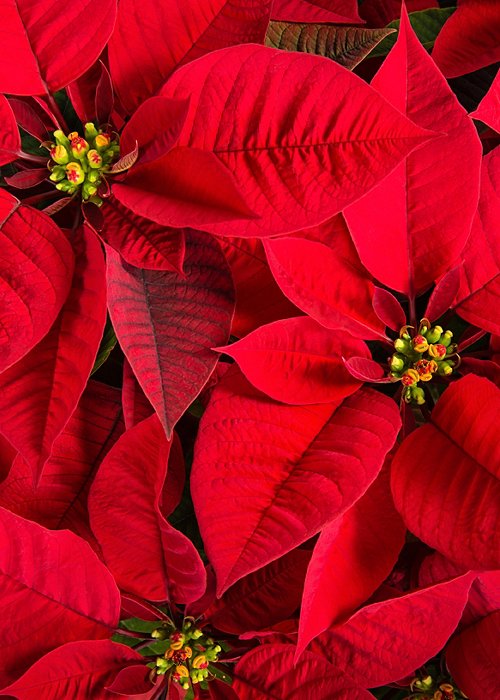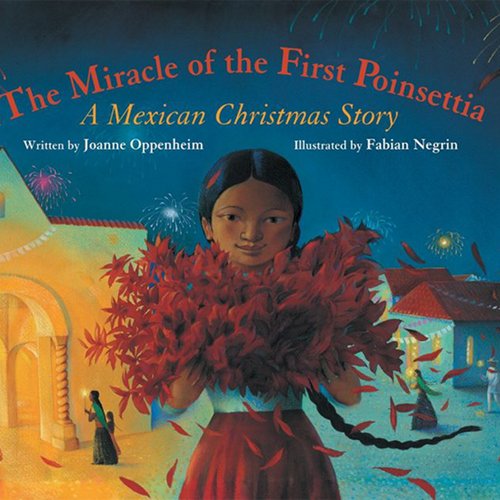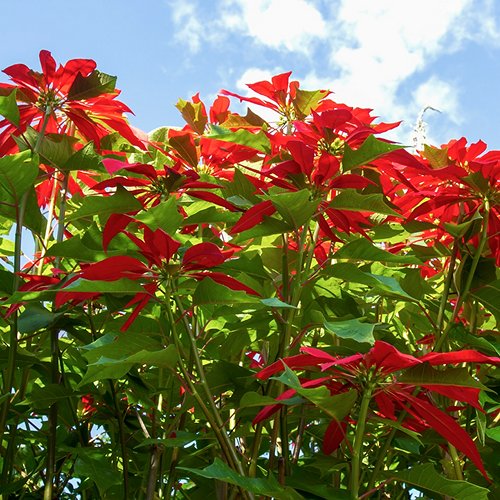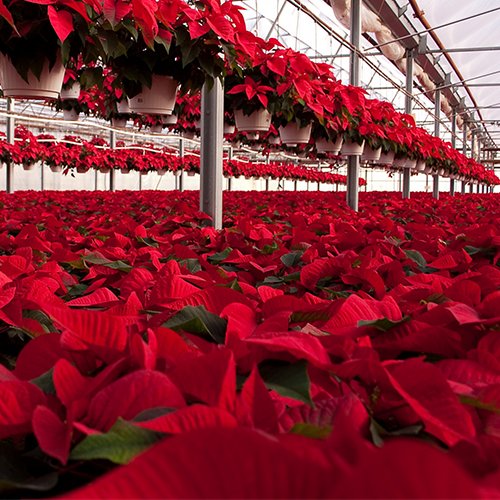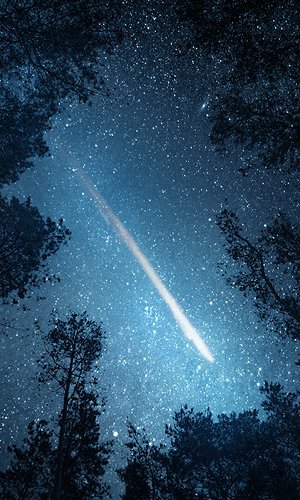A plant that symbolises the Christmas season, decorating homes and shops and featured prominently by the florists and garden centres in our cities. We are talking about the Poinsettia, better known to everyone in Italy as the Stella di Natale or Christmas Star. We now associate it with Christmas because of its characteristic bright crimson colour, which on its own is able to create a unique Christmas atmosphere. Not everyone knows, however, that Poinsettias come from far away and have a long history. Let’s discover it together.

